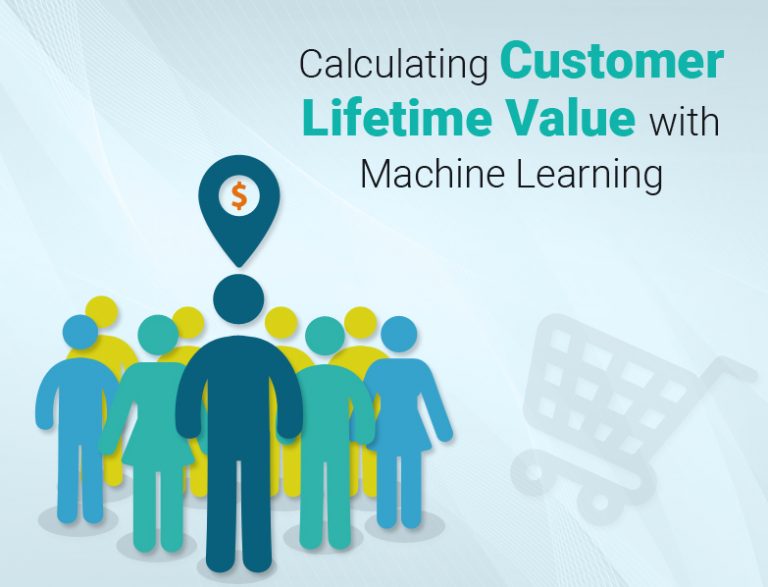Wondering as to How to Calculate your Customer Lifetime Value? You can do so in Five Simple Steps!
For every growing company, the customer lifetime value (CLV) is one of the most crucial metrics. By weighing the CLV against the cost of customer acquisition (CAC), businesses can determine the time it takes them to recover the investments they make for customer acquisition. Thus, it helps to predict future revenue and measure the long-term success of your business.
Why is CLV essential and how to calculate it?
Customer lifetime value helps you to understand your buyer personas better and measure the success of your products/services and marketing strategies. However, CLV is beneficial for you because it is cheaper than bearing the costs of acquiring new customers. Stats suggest that acquiring new customers is five times costlier than what you would spend on customer retention.

For instance, in a 2013 study, Consumer Intelligence Research Partners found out that every year, Amazon Prime members spent $1,340 on Amazon, which is double the amount that non-Prime members spent in a year. This allowed Amazon to increasingly focus on Prime members, thereby increasing its profit in the following years.
Here’s how you can calculate the customer lifetime value (let’s say in a year):
- Average purchase value – To calculate the average purchase value of your business, you have to divide the total revenue earned by the number of purchases made in a year.
- Average purchase frequency rate – To calculate this, you have to divide the number of purchases by the number of customers who made frequent purchases in a year.
- Customer value – To calculate customer value, you need to multiply the average purchase value with the average purchase frequency rate.
- Average customer lifespan – To calculate the average customer lifespan, you need to figure out the average number of years a customer continues to purchase from you. For this, you need a sales record of at least seven years.
- Customer lifetime value – To calculate the CLV, you need to multiply the customer value with the average customer lifespan.
What is RFM Analysis?
RFM (Recency, Frequency, Monetary) analysis is a quantitative evaluation of highly valuable customers that are worth retaining. It is based on the assumption that “80% of your business comes from 20% of your customers.”
It takes into consideration three things – how recently customers buy from you, how frequently they buy, and how much money they spend.
How can ML help in segmenting customers based on CLV?
The growing importance of personalization is making it essential for marketers to invest in customer segmentation. ML techniques can be highly beneficial here – ML techniques like RFM model and clustering can calculate customer value for customer value-based segmentation.
RFM (recency, frequency, and monetary) approach focuses on behavioral segmentation. It assigns a score for each of the three metrics (RFM) to each customer, wherein the highest score represents the most desired outcome, that is, most recent, most frequent, and of the highest value.
Another method of customer value-based segmentation using ML is clustering (k-means clustering). Clustering is best suited for customer segmentation when the segments can be associated with concrete bases, such as the CLV. In clustering, CLV becomes the dependent variable – by feeding this dependent variable as the ‘input variable’ in cluster analysis, you can obtain clusters or the output variable, that is, different customer segments.
These are only two methods of the many ML methods of calculating CLV, and if leveraged correctly, these can create well-defined customer segments. Based on the results of these ML models, marketers can dig deeper into the behavioral pattern of individual customers, segment them, and ‘personalize’ their marketing strategies accordingly. This is why marketers are now incorporating AI in Business Intelligence and AI in Data Management.
 1-888-661-8967
1-888-661-8967

